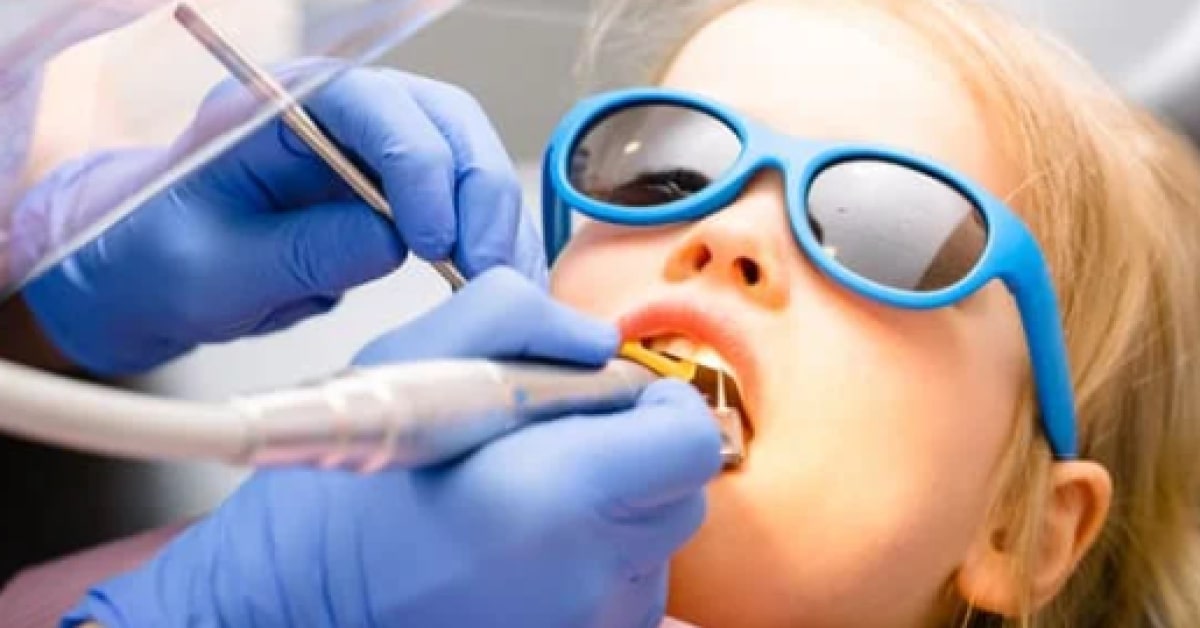Blog
February 09, 2023 • 10 mins read6 Tips To Increase Case Acceptance For Oral Appliance Therapy
Learn how to better educate your patients and increase their understanding of the benefits of oral appliance therapy with these 6 tips.
Author

Crystal May
Director of Medical Billing Education for Devdent

In this Article
Are you struggling with case acceptance for oral appliance therapy? Any time a new type of treatment is incorporated into a dental practice, you not only have to consider how patients will react to the treatment but also the cost. Presenting sleep treatment is no different than presenting any other type of dental treatment. Whether it’s a sleep appliance that costs $2,500, an implant case that costs $3,000, an ortho case at $5,000, or a quadrant of restorative dentistry for $1,800, case presentation is the same.
When an office that has excellent case acceptance for “normal” dentistry struggles with case acceptance for oral appliance therapy, it is hard to understand why. Dental teams understand the value of replacing a missing tooth or treating an abscess, but when it comes to sleep appliances, they often don’t have the same level of knowledge or conviction. Sleep disorders affect the quality of life and have serious consequences if left untreated.
The significant health risks include hypertension, diabetes, excessive tiredness, mood disorders, heart disease, stroke, and even death, which should be enough to get anyone’s attention. When you put it like that, no one can argue that treating a sleep disorder is equally as important as any other type of dental treatment. (And, if you haven’t implemented sleep medicine in your dental practice, you can schedule your Dental Sleep Medicine Live CE Course Here)
To help practices overcome this obstacle, we teach the following six tips to increase case acceptance for oral appliance therapy (OAT).
1. Set A Reasonable Fee
When setting your fee for OAT, you have to consider your costs. These costs include impression and lab bills, your staff and doctor’s time, and the value of the treatment. Now, as we value the quality of sleep and breathing more than the average person, we can say that OAT is invaluable to us. However, it’s taken years of study to have this level of understanding and conviction. When considering your patients, you should remember, not only is this likely the first time they have heard of oral appliances, but they are still trying to wrap their heads around what dentists have to do with sleep! Your fee must be one that patients can afford and that the team can effectively build value for.
The national average insurance allowable today is $2,250.
We suggest you charge between $2,000 and $3,000 when billing insurance and have an attractive cash discount. Everyone loves a cash procedure. The patient knows exactly what their costs are and you get paid right away without having to worry about insurance hurdles.
2. The Rule Of Three
The rule of three has dozens of meanings in management and sales. The method we are referring to is that three consistent contacts build trust and, ultimately, increase case acceptance.
Contact One:
In sleep implementation, it starts with either the hygienist or the new patient coordinator. This is the first person in the practice to mention sleep testing or sleep treatment to the patient.
Sleep Testing Verbiage:
- “Based on the questions you have answered and the symptoms you are reporting, the doctor is going to talk to you about your sleep quality and the next steps to see if we can help.”
- “Based on your medical history and symptoms, I want the doctor to talk to you about sleep testing options.”
After the patient is diagnosed, it will likely be an assistant or treatment coordinator that is in the consultation.
OAT Verbiage:
- “I am so glad we got you tested so we can get you in treatment as soon as possible.”
- “I’m so glad we tested you when we did since sleep apnea is progressive, and early detection and treatment are so important.”
Contact Two:
The second contact is the doctor.
Sleep Testing Verbiage:
- “Based on everything I see, both in your mouth and on your medical history, we need to get you sleep-tested to see what’s going on.”
- “Based on everything we just talked about, I am concerned you may have a sleep disorder. The only way to find out what’s going on is to test you.”
OAT Verbiage:
- “Based on the diagnosis from the sleep specialist, you have mild sleep apnea. Here are your treatment options.”
- “Now that we have your diagnosis, we can discuss treatment options.”
Contact Three:
The third contact is the financial coordinator. This is the last person to talk with the patient before they leave the practice and is one of the most critical. If contact one and two have laid the foundation, this final contact is far more manageable.
Sleep Testing Verbiage:
- “Based on the doctor’s recommendation, we need to get you tested right away. Which testing option works best for you?”
- “For your convenience, Dr. M offers home sleep testing in the office. We can get you scheduled for tonight or tomorrow, which works best for you?”
OAT Verbiage:
- “It looks like you have chosen OAT as your treatment option. We can look at your medical insurance or a cash discount, which do you want to discuss first?”
- “Based on your diagnosis and the verification of benefits I did, your medical insurance will pay approximately 50% of the OAT after your deductible. Do we need to discuss payment options?”
Take note that the third contact ends every conversation with a question. Patients want to know that they have options and want to feel in control. Notice also that the third contact never asked if they would like to move forward, it’s assumed that clinical treatment decisions were made with the doctor. It’s not about if they want to be treated, it’s how we can make this treatment fit their budget.
3. Face-to-Face Presentation
All financial presentations should be done in a face-to-face setting. We like the saying eye-to-eye and knee-to-knee. This means you are sitting at the same level and looking directly at each other.
We suggest this happens in a consulting setting versus an operatory when possible. It is also helpful to have literature and appliance models available to answer any clinical questions that come up after the doctor leaves the room.
If a patient decides not to move forward with treatment, it is best to invite the doctor into the conversation. That verbiage would be something like, “I know Dr. M was very concerned about your diagnosis. Let me see if he has a few minutes to answer the questions that are keeping you from moving forward.”
4. Know What Motivates That Patient
The first contact must collect the patient’s chief complaint. The hygienist or new patient coordinator can say, “Based on all the symptoms you reported and the things we discussed, which one do you most want to resolve?” You must know what motivates that patient and it needs to be recognized by all three contacts.
For example, we have never met a patient that wants an oral appliance to reduce their apnea-hypopnea index (AHI). They don’t feel an AHI. They feel symptoms related to sleep apnea.
Headaches, snoring, and daytime tiredness are by far the most common chief complaints. For some, it may be more personal like the daytime tiredness is affecting their work performance or their ability to be the parent they want to be. By knowing what motivates that patient, you can reinforce that treatment will help with their quality of life. Patients will be far more likely to accept and pay for treatment that directly improves their lives.
5. Discuss Treatment Options, Not That Treatment Is Optional
Sleep apnea is a progressive disease with severe consequences. We never want to approach treatment as an optional thing. They need to be treated, now it’s just a matter of determining which treatment option is best for them and how we can make it fit their budget.
If a patient declines treatment, we recommend you let them know that you will be sending the sleep test results to their primary care physician (PCP). This not only shares liability but also helps your patient realize that you are working in a medical capacity. When the patient sees their PCP, the staff will be inclined to ask why they aren’t getting their sleep apnea treated, reinforcing the importance.
6. Be Prepared
The final way to increase case acceptance is to walk into every financial presentation ready to collect payment and schedule. You must have your insurance verification complete, your financial options clearly laid out, and all necessary paperwork ready to sign.
If you offer financing options, in-office or third party, have those applications ready to go. If you offer a cash discount, have those laid out in your presentation. This is your last face-to-face opportunity with the patient, so you need to make it count.
If you have completed all of these steps, you will have conveyed the gravity of the situation at several contact points, related treatment to exactly what motivates the patient, and have your fee and payment options worked out ahead of time. With this approach, you will see an increase in case acceptance for oral appliance therapy.



